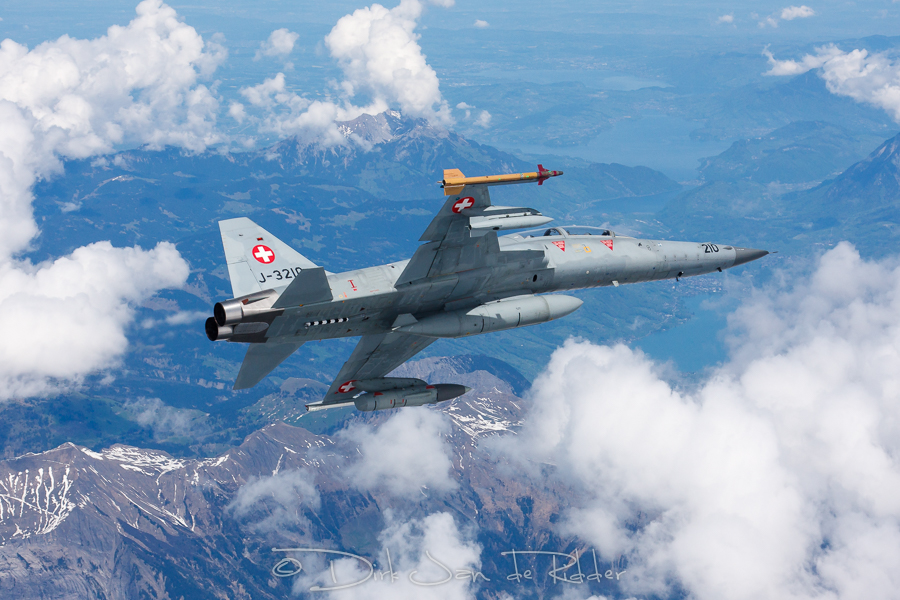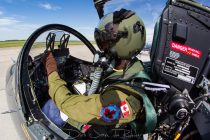Belgium reveals detailed F-16 replacement plans

On 23 December 2015 the four coalition parties of the Belgian government reached an agreement regarding a 9.2 billion euro investment in new defence equipment. The sum will be used to buy a desired amount of 34 fighter jets to replace the F-16 Fighting Falcon, two frigates, six minehunters and six drones. No material has yet been selected for any of these projects.
Candidates to replace the F-16 officially still comprise the Dassault Rafale, Eurofighter Typhoon, F/A-18E/F Super Hornet, F-35 Lightning II and JAS-39 Gripen. As far as is known, Boeing was the first and only manufacturer so far to have presented its fighter jet in Belgium. Although a couple of F-16 pilots were offered a flight in an F/A-18F stopping over at Florennes after it visited an airshow in Denmark, the ministry of defence denied that this would concern an official evaluation.
The F-35 Lightning II is the most likely candidate to replace the F-16, considering that Belgium wants to keep strategically important American B61 nuclear bombs on its territory. These have been stored at Kleine Brogel airbase for many decades and will be upgraded by the year 2020. Although they are maintained by American personnel, Belgium -like a number of other European countries- maintains the capability to operate these bombs.

Belgium only recently began the process of looking for an F-16 replacement that should be ordered by 2018 and delivered from 2023. By this time the F-16s will have reached their maximum service life of 45 years and 8000 flight hours. The new fighter jets should be delivered between 2023 and 2029. Basic Operational Capability (performing Quick Reaction Alert), is expected for 2025 with Initial Operational Capability (an expeditionary capability) in 2027, followed by Full Operational Capability in 2029.
The F-16 has been in Belgian service for 35 years. From a total order of 160 aircraft ordered, 56 remain in service with two fighter wings at Florennes and Kleine Brogel each having two squadrons. Belgian F-16s have been deployed abroad almost continuously over the past 10 years, including four 6-month Baltic Air Policing shifts, some seven years in Afghanistan and over Libya in 2011.
Like the F-16, its successor must be able to perform Defensive Counter Air (DCA) / Air Policing, Offensive Counter Air (OCA), Air Interdicition (AI) and Close Air Support. Furthermore, Non-Traditional Intelligence, Surveillance and Reconnaissance (NTISR) and Strike Coordination and Reconnaissance (SCAR) have been identified as key mission types contributing to operational flexibility.




Comments are closed.